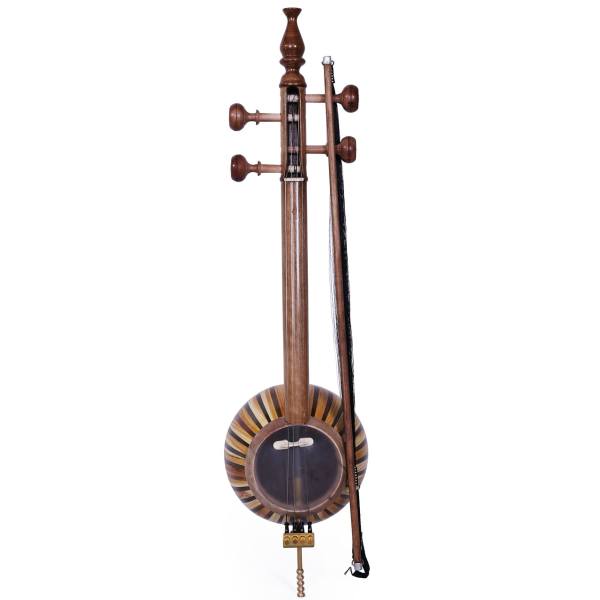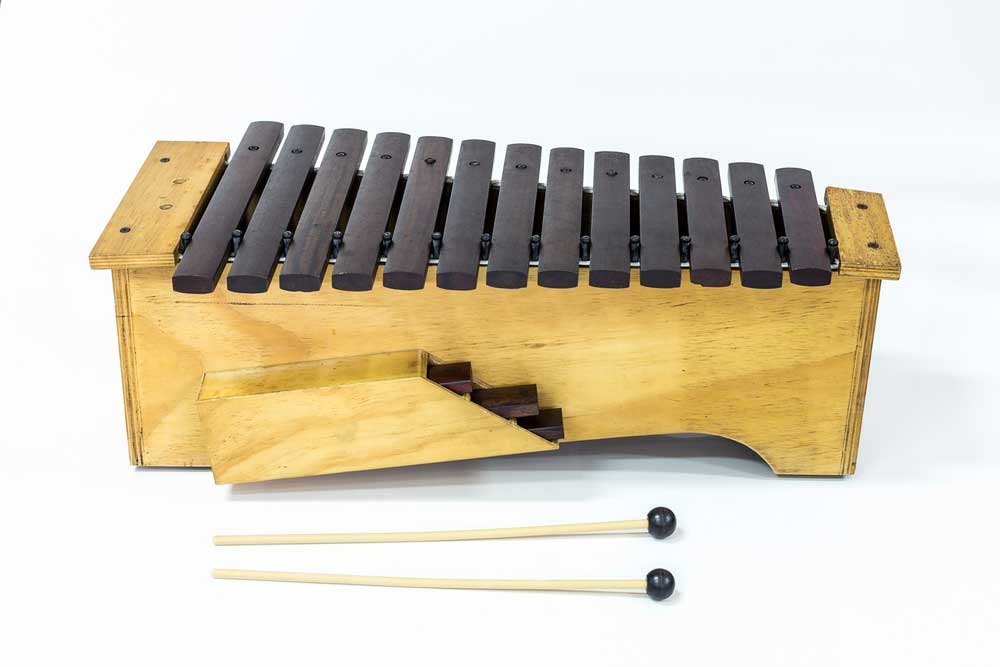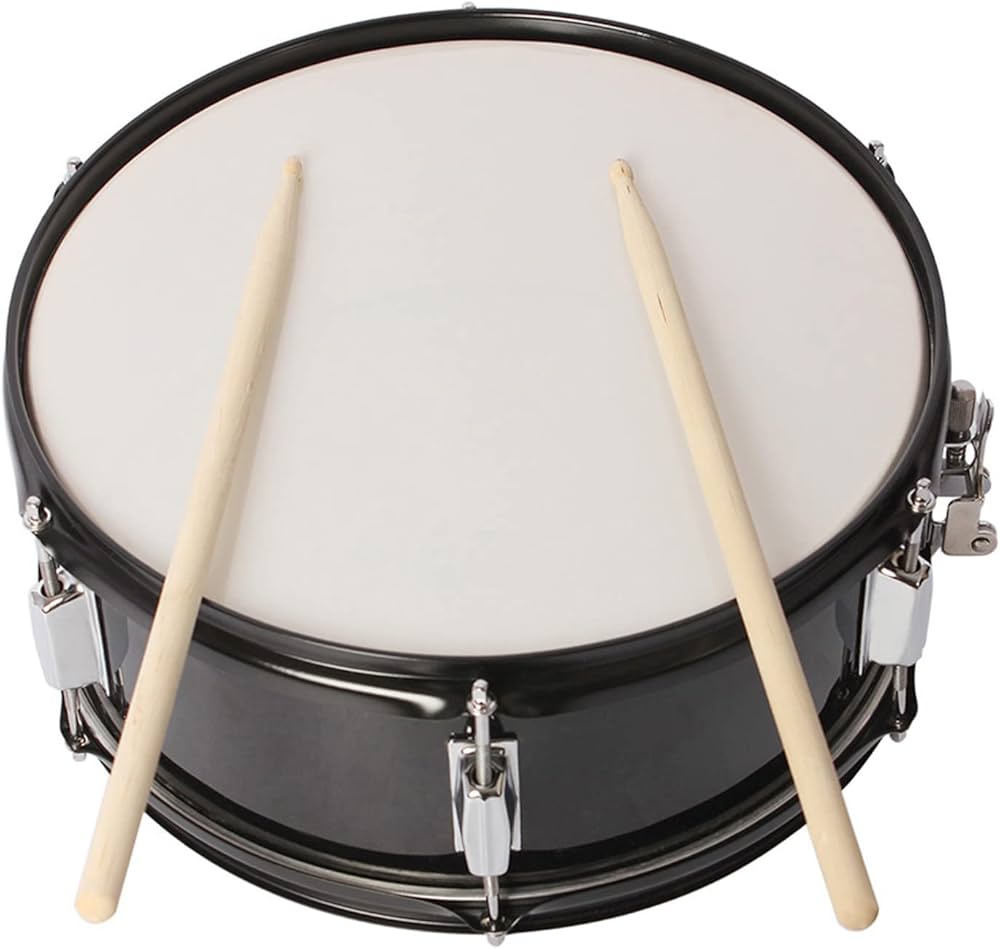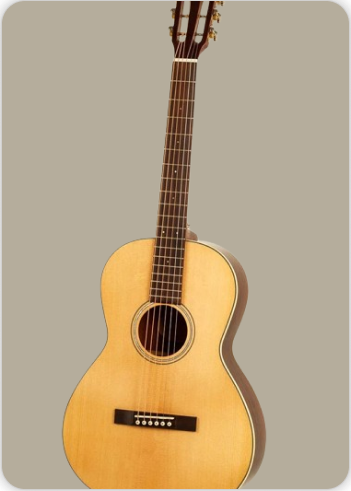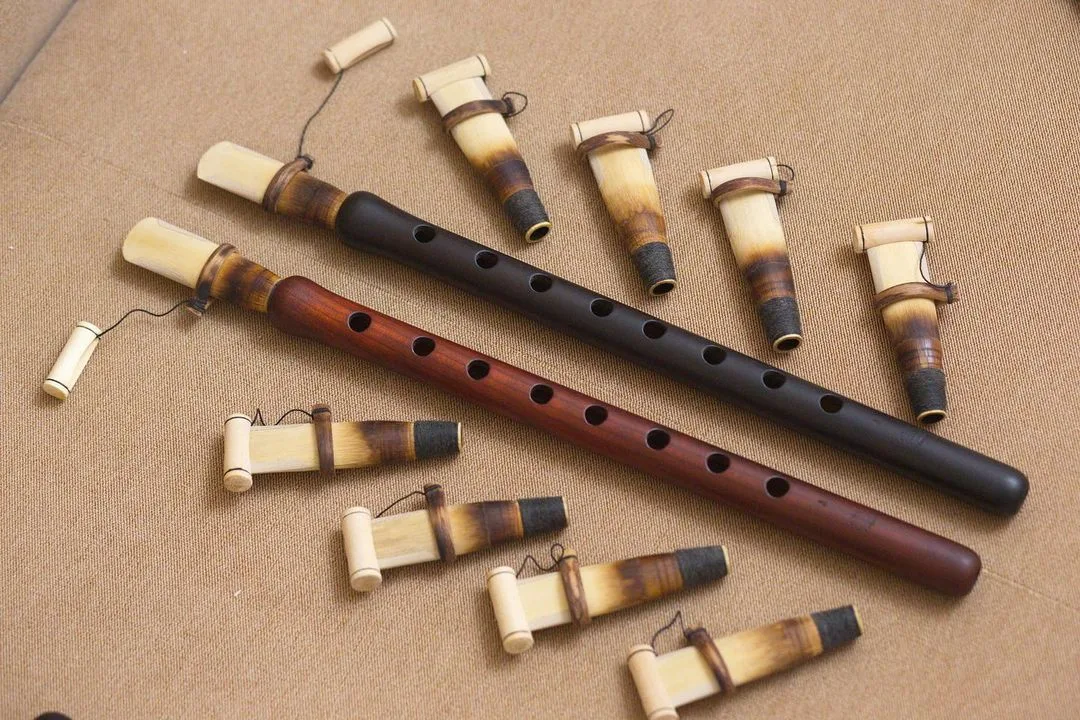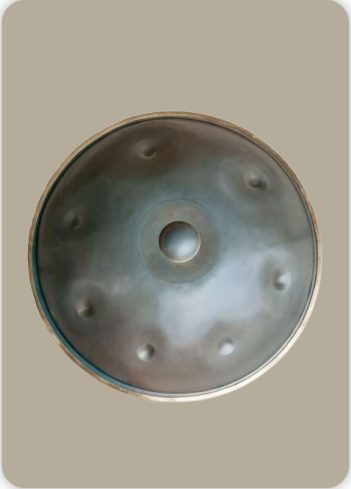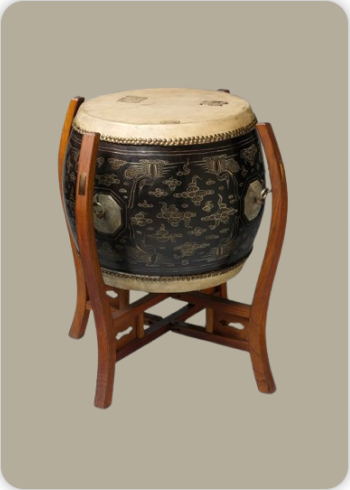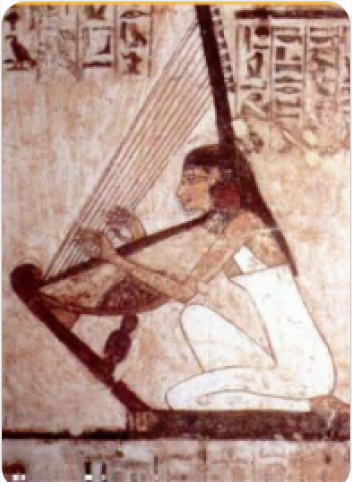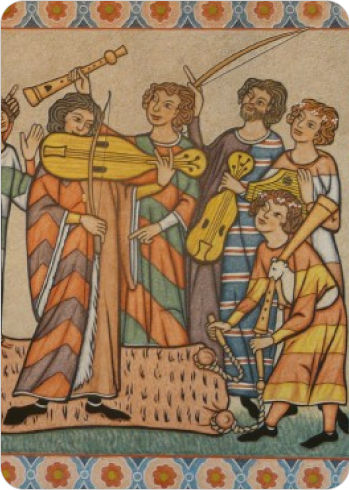Duduk
Woodwinds
Asia
Between 1001 and 1900 AD
Video
The duduk is a traditional woodwind instrument, deeply rooted in the culture and history of Armenia. Known for its rich, melancholic tones, the duduk has captured the hearts of listeners for centuries. Below is a comprehensive exploration of this fascinating instrument.
History and Origins
The duduk is one of the oldest musical instruments in the world, with a history spanning over 1,500 years. It is intrinsically tied to Armenian culture and has been recognized by UNESCO as a Masterpiece of the Intangible Heritage of Humanity. References to similar instruments can be found in ancient Armenian manuscripts, and its deep, emotive sound has become synonymous with the Armenian spirit and identity.
Construction
The duduk is a double-reed instrument, typically made from apricot wood, which gives it a distinct tonal warmth. Its design consists of two main components:
- The Body: A cylindrical wooden tube with eight finger holes on the front and one thumb hole on the back, allowing a range of notes.
- The Reed (Ghamish): Made from cane, the reed is wider and shorter than those of other woodwind instruments, contributing to the duduk’s unique sound.
The instrument comes in various sizes, producing different pitches. Its range is typically limited to one octave, which emphasizes its simplicity and focus on emotive expression.
Sound and Playing Technique
The duduk is renowned for its soulful, mournful, and meditative sound, often compared to the human voice. This quality is achieved through a combination of the wide reed, the player’s control of breath, and subtle finger movements.
Players often use circular breathing, a technique that allows them to produce continuous sound by inhaling through the nose while simultaneously expelling stored air from the cheeks. This method ensures the uninterrupted, flowing melodies characteristic of duduk performances.
Cultural Significance
In Armenian culture, the duduk is more than an instrument; it is a symbol of national identity and a medium for storytelling. Its melodies often accompany traditional dances, ceremonies, and rituals, and it is commonly used to express themes of love, loss, and nostalgia.
The duduk also plays a vital role in Armenian folk music, where it is typically performed in ensembles, accompanied by a second duduk that provides a drone or harmonic background.
Modern Applications
Though deeply rooted in tradition, the duduk has transcended its cultural origins and gained international recognition. It has been featured in numerous film soundtracks, including “Gladiator”, “The Passion of the Christ”, and “The Last Temptation of Christ”, often evoking a sense of ancient or mystical landscapes.
Contemporary musicians and composers worldwide have incorporated the duduk into various genres, from classical and jazz to electronic and world music.
UNESCO Recognition
In 2008, the duduk and its music were inscribed on the UNESCO Intangible Cultural Heritage of Humanity list, emphasizing its importance as a cultural treasure and its need for preservation.
The duduk is not just an instrument but a profound expression of the Armenian soul. Its haunting melodies transcend language and borders, connecting listeners to the depths of human emotion. Whether in the hills of Armenia or on the global stage, the duduk continues to resonate as a timeless symbol of culture, history, and artistry.
FAQ
What is the Duduk?
The Duduk is a traditional Armenian wind instrument made from materials like hornbeam, plum, rock, or walnut. It typically features a cylindrical body that is approximately 280-300 mm long and has a diameter of 20 to 22 mm. The instrument usually has nine holes: seven on the front and one on the back, allowing for various pitches and melodies to be produced by covering and uncovering these holes while blowing air through it.
What materials are commonly used in the construction of the Duduk?
The construction of the Duduk involves meticulous craftsmanship. Suitable branches from soft and easy-to-process trees are selected, hollowed out to create a cylinder, and then precisely measured for hole placement. The blowing area is crafted to be flatter for better sound production.
What types of Duduks exist?
The Duduk comes in various sizes, each producing a different pitch and tone. The larger Duduk has a deeper, more resonant sound and is used in ceremonial and festival music. The smaller Duduk produces a higher, sharper tone and is often used in more intimate or melodic settings.
 Links
Links
References
Other Instrument
Categories
